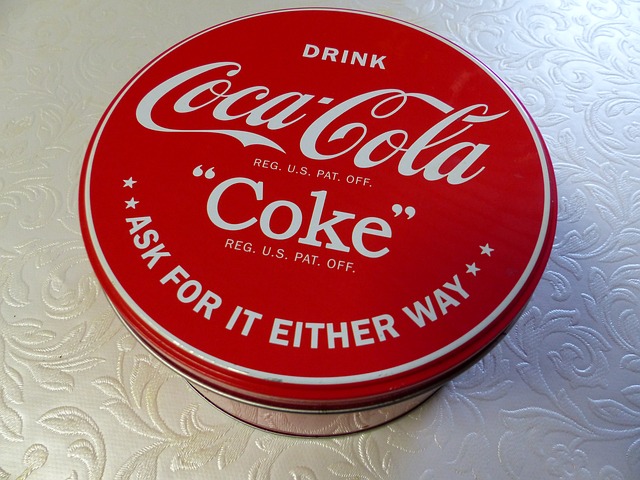When a company is first starting out, they often go through various name changes and iterations before they settle on a consistent branding strategy. If the business is web-based, those various names and websites are still out there, floating around the internet, sometimes with followers left wondering what happened to the new company they were watching so closely or even ordering products from.

How does a business bring all those followers to one place, and make their branding consistent? Here are a few simple steps:
Choose a Single Website Name
Even if you have tried several different brand names and have websites for each, consolidating them into a single website with consistent brand message not only saves you time, but it produces a much larger pull from Google and other search engines.
When choosing a website name, you can either use your business name (even if that is your name), or you can brand yourself by what you do. Whatever way you decide to go, first you need to search and determine if the website name you want is even available.
Second, make sure the website name does not result in any embarrassing combinations or abbreviations. For instance, American Scrap Metal’s web address is amercanscrapmetal.com. While it is their brand, it can be easily misread.
Know, and Use 301 Redirect
If you are not familiar with 301 redirects, let me break it down simply for you: this is a code that tells search engines and browsers to direct someone who clicks on one webpage to another instead.
The reason for this is twofold. The first is it ensures that all of those other websites you may have created at the outset don’t go to waste. Anyone who clicks on the site listed on your old business card will still arrive at your new site.
The second is that a 301 redirect is like a permanent move, similar to when you have your mail forwarded by the post office. It also redirects “link juice” from one site to the other, so you don’t lose any traction you gained with search engine ranking. Most of it gets passed on to your new site.
If you are not sure how to do this, you can either contact your website developer if you have one, or you can learn how yourself if you have access to your server’s .htaccess file and you know a little bit about coding. If this makes you nervous, hire a professional.

Solidify Your Brand
Once you have established your web presence in a single site and have redirected old sites to it, solidify your brand. Make sure that everything you do and all of the content on your website points to one consistent brand. Here are some things you should not forget:
- Graphics and Logos: Make sure that all of your logos and graphics are consistent. It is easy to miss a different spelling or variation you used before with images or other visual material. Be sure to change them to the one you are using now.
- Social Media: Be sure your social media accounts and the graphics there are also consistent with the brand you have decided on. Change user names and banners if need be to avoid confusing customers.
- Apps and Software: If your company has a custom app or proprietary software (in many cases you should) make sure the branding associated with it aligns with your company mission and brand overall.
Solidifying your brand creates a certain gravity and authority with search engines, drawing customers into your marketing funnel.
Conclusion
For many small business CEO’s, branding and marketing can seem like overwhelming tasks. Multiple websites, branding messages, and variations on the company name make those tasks even harder.
Creating a consistent brand on a single website, using 301 redirects properly, and taking steps to solidify your brand makes things much simpler; it makes the process of branding and marketing easier for you, less confusing for your customers, and makes it easier for search engines to know who, and what, you are.


